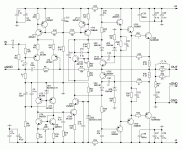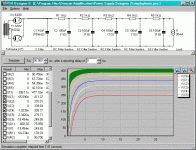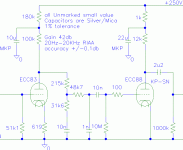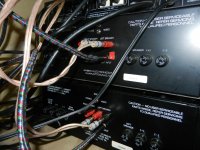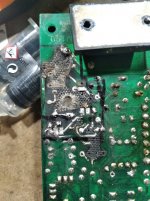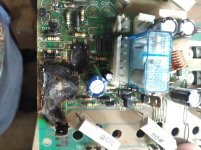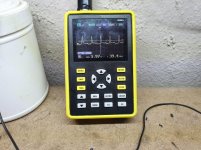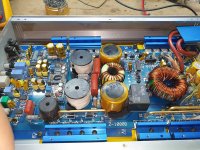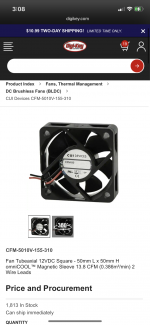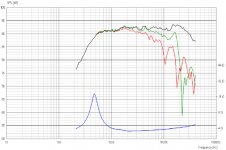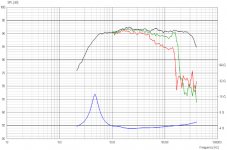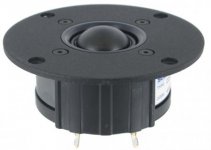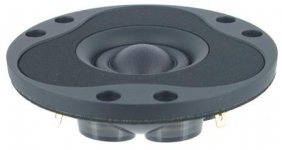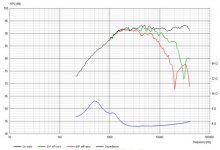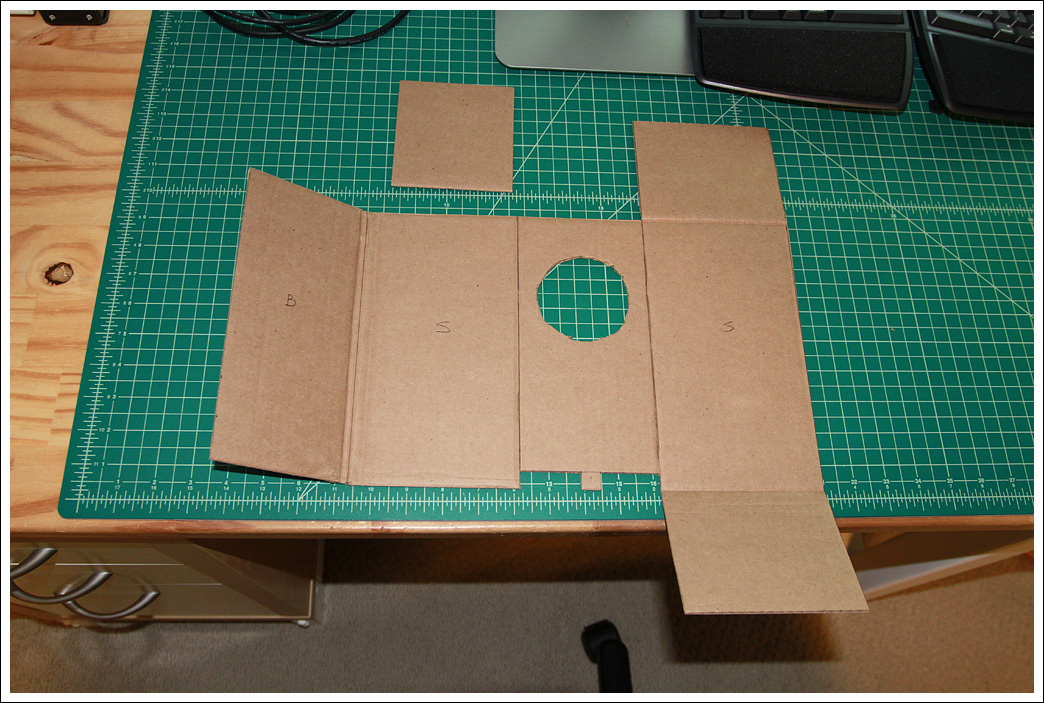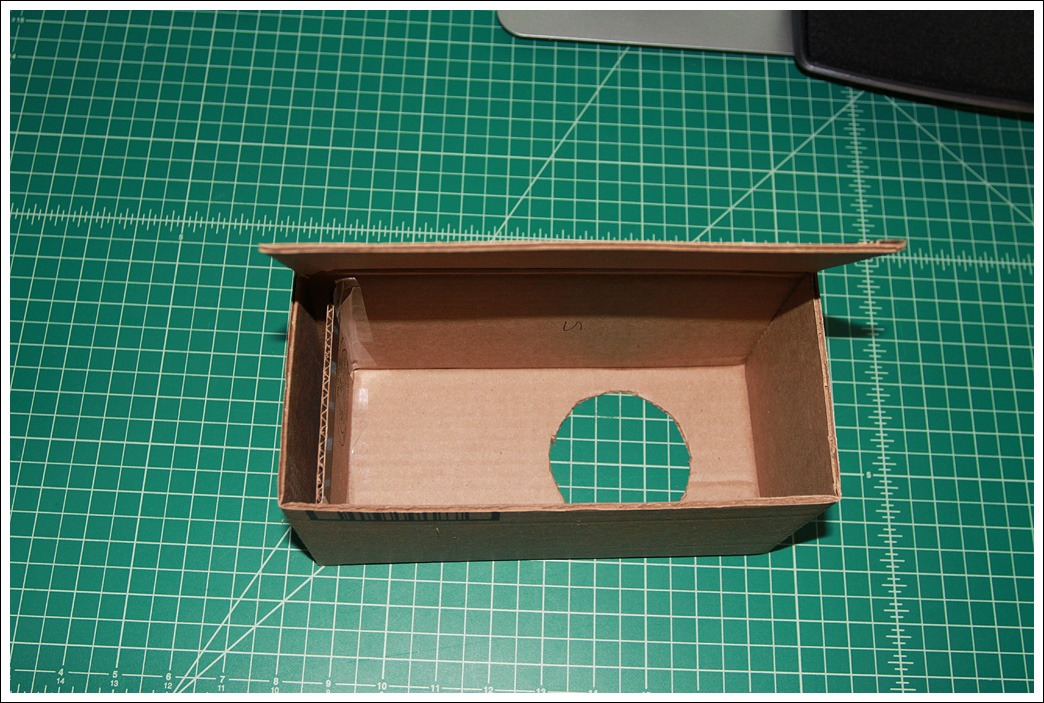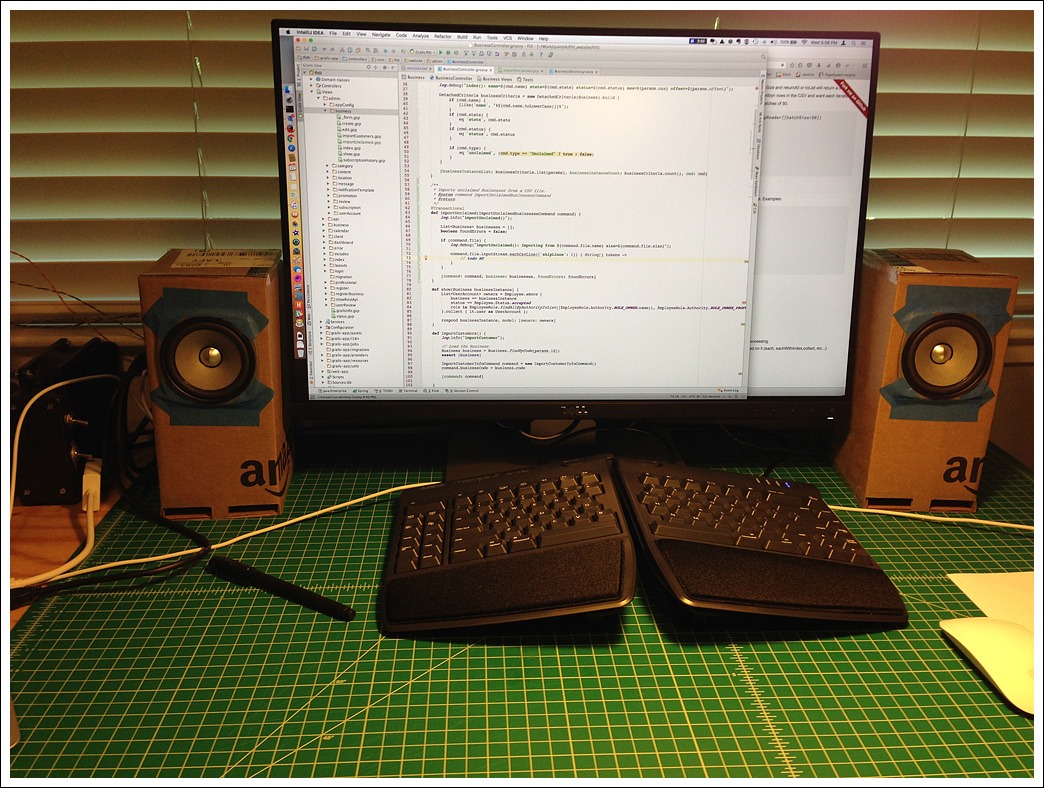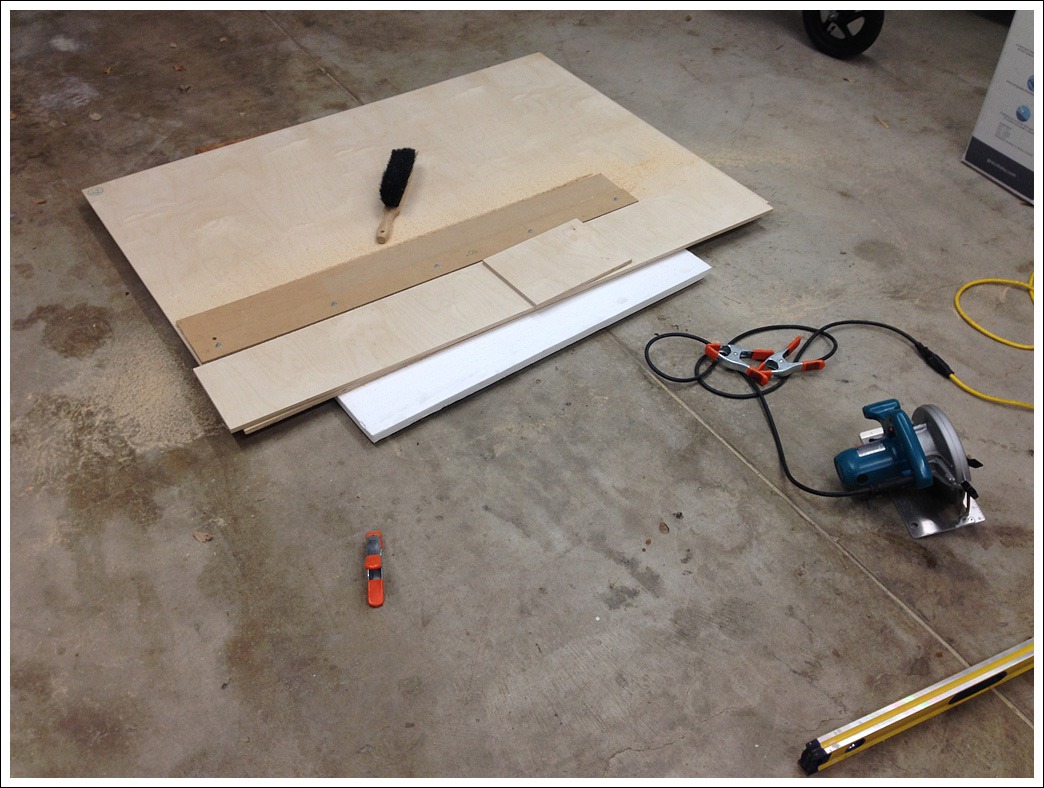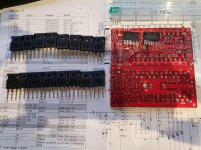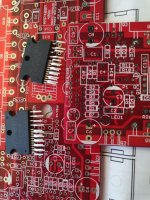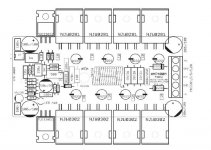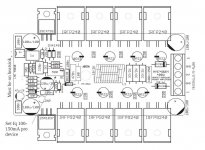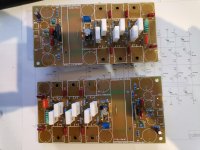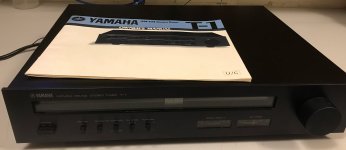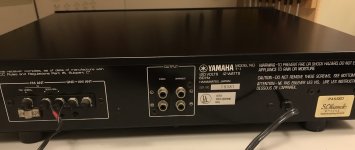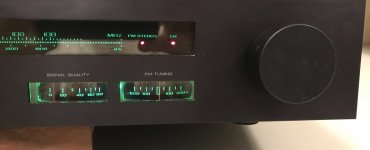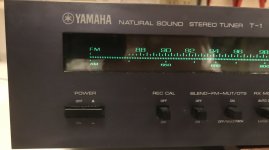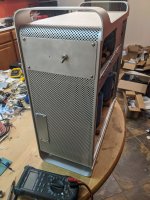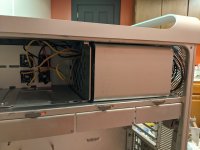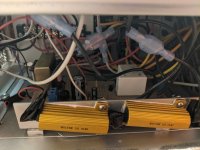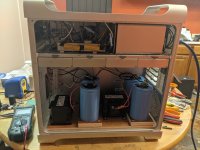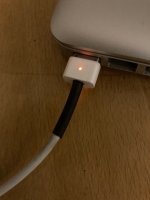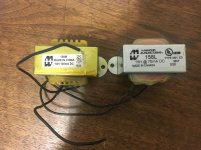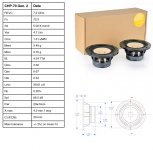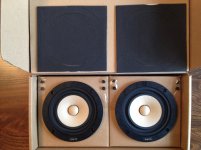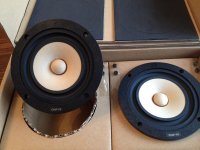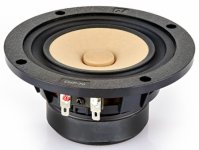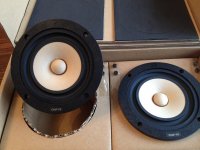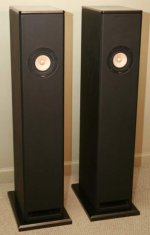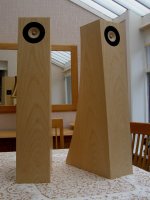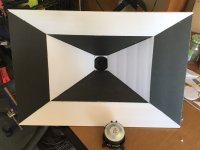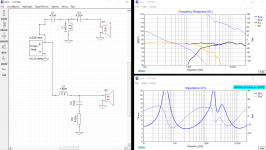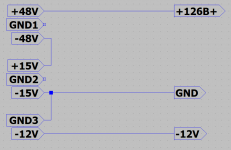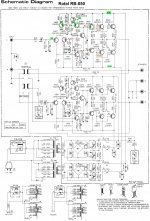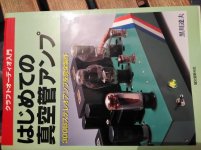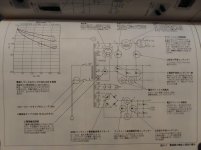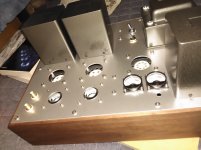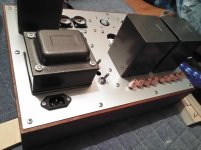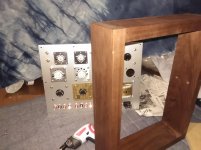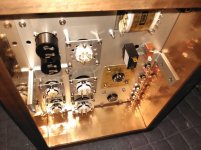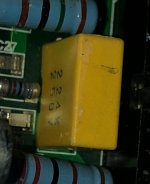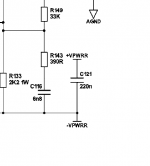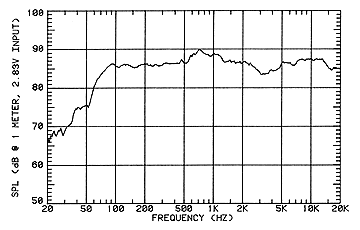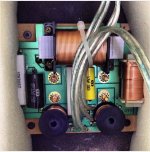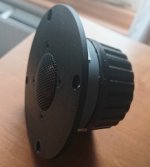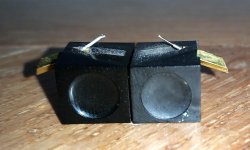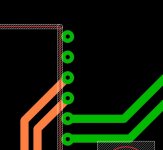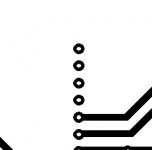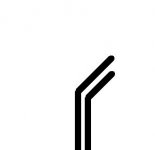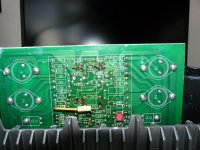Hi my first post so please be kind
😱
First a bit of background about me: I've built my own speakers in the past, but nothing advanced or complex. I essentially bought an off the shelf cross over and carefully chose tweeters and mid bass (all SEAS units) of the same stated SPL levels. Wired them all up and put them in a box that i built (having used the t/s parameters of the mid bass to design the box). So I've never done anything complex with crossovers hence my question here.
I have a pair of second hand Monitor Audio GR20 speakers, which are at least 15 years old I believe. These:
This is the measured (from here
SoundStage! Measurements - Monitor Audio Gold Reference 10 Loudspeakers (10/2001)) listenting window frequency response of the GR10 which uses the same mid and tweeter (though obviously will have more bass weight and extension):
I've never been quite happy with the treble performance. Difficult to describe but overall it was qualitatively uneven (cymbals and guitars just didn't sound quite right). Oddly even though the graph above doesn't seem to show it the top end was just too loud overall (i ended up using the speaker grills which helped but led to other compromises), though of course that may be due to the room.
So having done a bit of reasearch and finding that MA use modified SEAS tweeters (attached is a picture of the old units) i decided to take a bit of a risk and get some replacement tweeters from SEAS. (having used SEAS units in the past I felt i at least knew they wouldn't be bad units). The units I chose are the 27TBFC/G. As i had no idea what the SPL of the existing units were I was expecting to have to pad them down as I thought it was unlikely that the exiting units had a higher sensitivity. But I decided just to swap them out first and see what i was left with. I was surprised that my first reaction was "they sound dull". As it happens it would seem like (purely from listening) that actualy the overal vocal range and mids are just much better balanced and the new tweeters are actually overall better integrated (again purely from listening) than the old ones.
Anyway to finally get to why I'm here (sorry for the long preamble). After a few days adjusting to the new balance I feel like the new tweeters could do with a tiny bit of a drop. The lower treble (going to guess the 3-5k region) feels just a touch too hot, (clearly i was expecting this region to be hotter as i expected the new tweeters to fill out the the suckout the old tweeters had, but it's gone just a touch too far). So i'd like to try padding down the tweeters by just 1db to see how they sound. I've measured the DC resistance of the old and new tweeters at 5.3 ohms, (about .5 ohm higher than SEAS state for the new tweeters, and presumably the old, but i'm going to put that down to my mulitmeters accuracy - it seems very sensitive to how the probes are positioned). According to MA the cross over is 2.7khz.
Attached is a picture of the exitsing crossover that i've managed to find. Going purely by a thread on this forum about the GS20 crossover, (here:
Please help for Monitor Audio GS20 crossover tuning), I'm guessing the current one is a 2nd order HF (with a 3.3 Ohm resistor in series before the filter ciruit), first order mid (with notch filter) and first order bass.
So finally to my question
😱: As i don't want to mess around with cutting and soldering any of the existing wiring (and defintely not going to pull the speaker apart to start changing the original cross over) I was thinking of trying just a shunt resistor in parallel with the new tweeter to pad it down.
a) would this work?
b) what value resistor will i need to use to achieve a 1db drop? (according to the SEAS specs impedance runs 5 to 7 ohms between 2khz and 20khz on the new tweeters). I'd like to minimise any top octave drop in level/shelving of the response as much as possible. I'm thinking somewhere between 30 and 40 ohms?
Anyway goal is to drop the overall tweeter level by just 1db at this time, preferably using just a parrallel resistor, which I could solder on the existing wiring tags (thus avoiding having to put a soldering iron anywhere near the new tweeters).
I have no means to measure the speakers, and in all honesty I don't really want to get caught up in the effort all of that would entail. The speakers sound much better than they did previously, I'd just like to bring down the overall level of the tweeters a touch as i think they'd sound a bit better still if i did.
